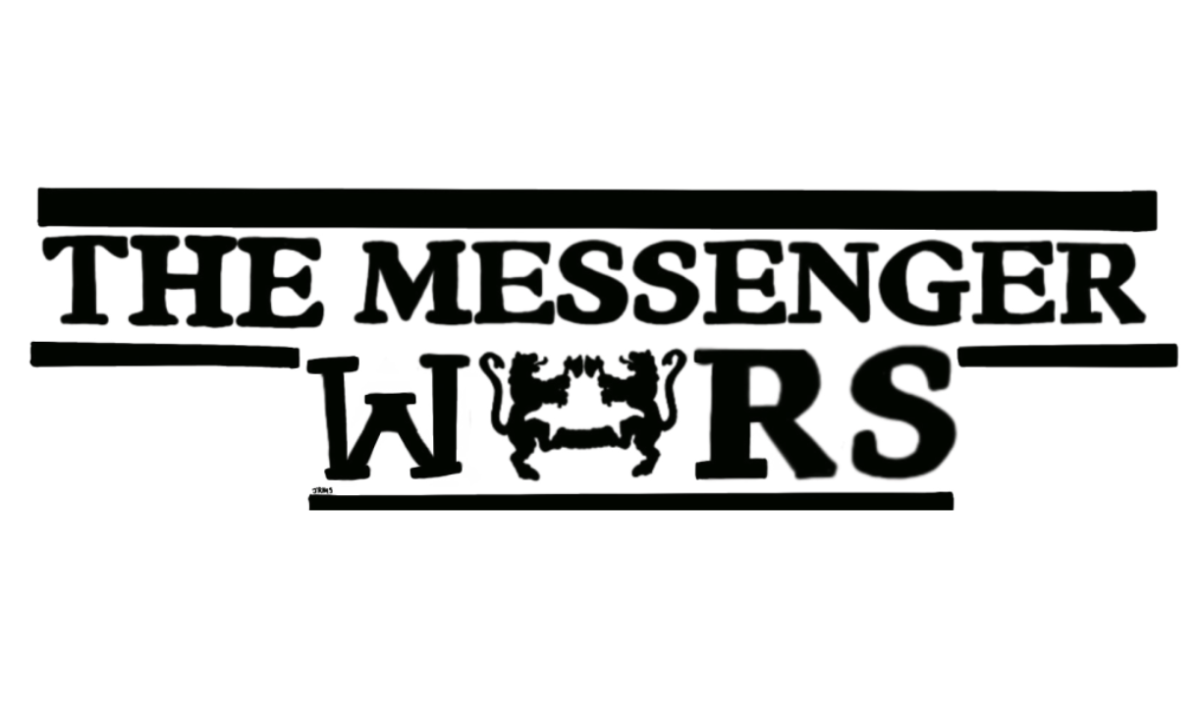News reporting has always been about sharing “the facts” with the public. However, in the past year, many news sources have begun to publish the facts in a controversial way. Buzzfeed.com, one of the most popular websites for articles in list style, attracts … well, everyone. This trend of presenting news in an outlined format is also seeping into the established online news sources we use to inform ourselves about current events. Although list-style journalism presents information in a snappy, easily digestible format, it is destroying the integrity of quality journalism, and we should all be concerned for the following reasons:
1. Reducing complex issues to bullet points: List-style journalism oversimplifies the complexities of the situation. Whether the article highlights the political climate of Syria or the pros and cons of GMO crops in the Midwest, stating the key facts only provides a glimpse into the intricacies of the event or issue. Readers do not receive the entire story but rather are forced to piece together a narrative with limited information Further, the selectively used bold headings can greatly skew readers’ perceptions of the news story. Through the process of fleshing out a story, journalists can discover groundbreaking connections that bolster the value and meaning of the issue.
2. Decreased demand for investigative journalism: If journalists are pressured to churn out articles that simply state the key facts, what incentive is there for them find the time and resources to investigate the story with any depth? Conducting interviews, researching the history of a topic, investigating the future of a conflict – these are all things that turn a mediocre story into a piece of quality journalism, and if public demand for investigative journalism decreases, then fewer journalists will continue this practice. Investigative journalism is a form of free speech that holds institutions accountable. Providing the public with credible, detailed reporting is an essential service of journalistic publications.
3. Time suckers: Believe it or not, these snappy articles can actually waste more of your time. Consider how often you scroll through your Facebook or Twitter page only to find links to enticing list-style articles. Before you know it, you are reading all about the “7 Things You Should Know about Competency-Based Education,” or “23 Things You Missed at the MTV Music Awards.” Don’t get me wrong, these are fascinating topics, but the information presented in them is just brief enough to make you aware of your ignorance, and before you know it, an hour has passed and you have little, if any, new knowledge to show for your time.
4. Ads, ads, and more ads: From a formatting perspective, list-style journalism lends itself well to ad placement. It is not uncommon for an article in list format to contain an ad or two dispersed between numbered points. News sources find value in the list layout because journalists can quickly compose the articles – which are not only easy to read but also easy to share on social media sites – and they reach a vast audience. Because of the widespread audience, list-style journalism has the potential to be a much-needed source of revenue for struggling publications. However, cheapening content for monetary profit is not an ethical solution to publications’ income dilemmas.
5. Encouraging a scroll-through culture: Reading an article from introduction to conclusion guides the reader through an informative journey that not only features the factual landmarks but also the minute details of the landscape. These list-style articles present distilled and condensed summaries of information, yet many news consumers simplify the content even more by scrolling through the bold, numbered points without taking the time to read the descriptive paragraphs beneath. If you have made it this far in my article, congratulations! I’m guessing you are one of few to do so.
I am not denying the value of these articles when published at the appropriate time and place. They can give readers a glimpse into the complex issues they describe. However, they cannot compare with the rich detail and valuable connections presented in a full-fledged story. Help maintain quality investigative journalism by choosing to read quality investigative journalism pieces rather than breviloquent lists of facts.
Amy Mihelich ’16 [email protected] is from Forest Lake, Minn. She majors in English and political science.
Graphic Credit: ALLI LIVINGSTON/MANIOTU MESSENGER



